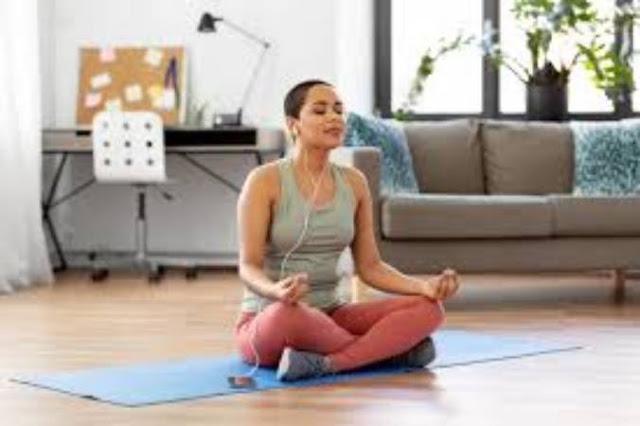 Meditation is an effective technique that has been around for centuries. People who meditate consistently find that there are short-term and long-term benefits. For instance, soon after they start sitting, meditators begin to enjoy a decrease in stress and anxiety, enhanced well-being, and, in many cases, improved sleep and overall health. In the long term, meditators are better able to understand how the mind works and how to work with their minds.
Meditation is an effective technique that has been around for centuries. People who meditate consistently find that there are short-term and long-term benefits. For instance, soon after they start sitting, meditators begin to enjoy a decrease in stress and anxiety, enhanced well-being, and, in many cases, improved sleep and overall health. In the long term, meditators are better able to understand how the mind works and how to work with their minds. Until recently, serious meditators generally belonged to one of two categories. They either joined a monastery or ashram and devoted their lives to practice; or they left the hustle-bustle of the worldly life behind and sought refuge in the serenity of isolated hermitages. But we can find a way to meditate within our everyday lifestyle. Nowadays, however, many people who lead active lives – work, family, school, etc. – are willing to devote time and energy to meditation because they are convinced of the benefits. Some do their daily meditation sessions through online courses or in groups, but far more are now meditating at home.
What is the best way to meditate at home?
The first thing to do is choose a meditation method you can look forward to. Although constancy and discipline are necessary for practice, meditation shouldn't feel like work. With the right method, you'll soon be able to find the perfect balance between too rigid and too relaxed.
Next, here are some helpful tips:
Think about your motivation
Are you meditating because you want to manage stress, sleep better, or cope with chronic pain? If so, you may do well with guided meditation, relaxation meditation, or chanting. Are you looking to gain insights into the mind? This is the true goal of mindfulness and awareness meditation. Is your primary objective to develop qualities such as patience, empathy and generosity? Gratitude meditation is a good choice (if you can do a morning gratitude meditation it can benefit your whole day). Do you want to go deeper into your relationship with the divine presence? Spiritual meditation can take you there. But be careful – bolstering your ego with spiritual practice is the trap of spiritual materialism.
There are many valid forms of meditation out there. When you know why you're interested in meditating at home, you'll know which ones are right for you.
Start small and work your way up
While learning how to meditate at home, it's important to start with small, manageable sessions. Even three minutes will make a difference. It might sound super short, but for some beginners, sitting in awareness for a few minutes feels like forever. Starting with short sessions also helps you to gain the momentum you'll need to sustain your practice in the long run. As many meditation experts suggest, the quality of your meditation is more important than the length.
Pick a convenient time and comfortable spot
One of the best ways to meditate at home is to find a quiet place away from noisy distractions. Pick a time that's convenient for you. Early morning is a perennial favorite time to meditate since this time of day is generally peaceful and there are few interruptions. You can also start your day with simple morning meditation exercises.
You'll also need to find a comfortable position. While some meditators like sitting in the lotus position, there are other good options. You can sit on a meditation cushion, chair or even a couch, so long as you feel comfortable and you can sit up straight. Do your best to find a position where your spine is aligned. Your neck and shoulders should be relaxed, and your eyes can be half open or shut during the meditation session.
Try a guided meditation
Since you're just beginning, guided meditation can add a welcome structure to your practice. Mindworks Meditation courses offer complete instructions and meditation coaching through progressive guided meditations, all developed and curated by internationally-known meditation experts. Have a seat, learn and practice meditation daily, and enjoy the journey. Try Mindworks free meditation fundamentals online course with everything you need to get you started.
focus
Whatever form of meditation you choose, awareness of the present moment is key. When you meditate, you train in being aware of whatever object of meditation you've chosen. There will be distractions in the form of sounds, odors, sensations of discomfort, tension, itching, etc. In addition, there will be distractions that your mind will produce all on its own: to-do lists, things you should have done or said, things you plan to do or say, emotions, daydreams… the list is endless.
To help the mind stay focused on the here and now, one of the best ways to meditate at home is to focus on the process of breathing. Be very aware of your breath as you inhale and exhale; use the breath as an anchor for your mind. When those distracting thoughts pop into your head, simply acknowledge their presence and go back to focusing on the breath.



